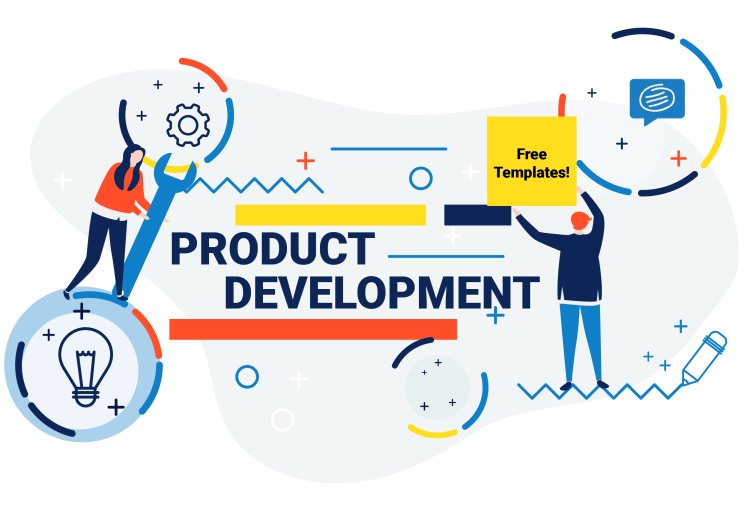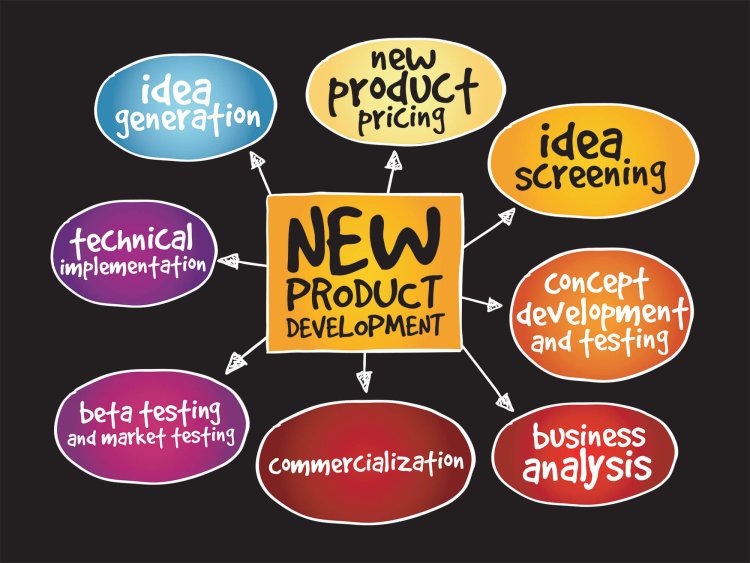Navigating B2B Product Development Strategies: From Concept to Commercialization

Successful product creation in the world of business-to-business (B2B) industries requires not only coming up with creative solutions but also comprehending the particular requirements and dynamics of the B2B environment. From ideation to commercialization, negotiating the B2B product development process calls for strategic planning, teamwork, and flexibility. Every step of the process from idea to commercialization will be covered in this blog as we examine important tactics for B2B product development.
Knowing B2B Product Development
Developing solutions that are suited to the particular needs of companies as opposed to individual customers is known as B2B product development. B2B products, in contrast to B2C (business-to-consumer) products, frequently target specialised markets, call for customization, and have extended sales cycles. Important elements in the creation of B2B products consist of:
- Market Research: To comprehend the requirements, problems, and preferences of target B2B clients, carry out thorough market research. To guide product development plans, note market trends, competition offers, and new technology.
- Stakeholder Engagement: To obtain ideas, confirm concepts, and match product development efforts with company goals, interact with important stakeholders such as internal teams, industry experts, and business clients.
- Customization and Flexibility: B2B products frequently need to be customized to fit the particular needs of particular customers or industry sectors. Provide features and styles of the products with flexibility to suit different demands and tastes of the customers.
- Scalability and Integration: To allow easy integration into current corporate procedures and systems, design products with these factors in mind. Assure interoperability with widely used industry standards and protocols to improve acceptance and use.
- Value Proposition and ROI: Clearly express the real advantages and return on investment (ROI) for business-to-business clients. Stress aspects that will set the product apart in the market, such cost reductions, increased efficiency, and competitive advantages.

Development of B2B Products
- First, Interdepartmental Cooperation Promoting cooperation amongst sales, marketing, marketing, and customer service departments can help to guarantee that go-to-market plans, message, and product features are in line. All throughout the product development process, include input from different stakeholders.
- Agile and Iterative Approach: To facilitate quick iteration, feedback loops, and ongoing development of B2B products, use an agile methodology. Divide the development process into doable sprints, rank features according to the worth to the client, and iterate using actual usage data.
- Pilot Programs and Prototyping: To verify product ideas, get input, and pinpoint areas for development, run beta testing or pilot programs with a few chosen B2B clients. Before starting full production, prototype early iterations of the product to show off its features and get feedback from end users.
- Regulatory Compliance and Standards: Verify adherence to industry norms, certifications, and regulations pertinent to the intended market and use of the B2B product. To prevent later delays and compliance problems, aggressively handle regulatory needs at the design and development stages.
- After-Launch Support and Enhancement: To guarantee best use and satisfaction, offer B2B clients continuing support, training, and maintenance services. Watch market trends, user comments, and performance indicators all the time to find chances for improvements and upgrades to the product.
Case Study
B2B software-as-as-a-service (SaaS) provider Company XYZ adopted an agile approach to product development. They launched a range of customisable software solutions catered to particular industry verticals by giving customer input first priority, iterating quickly, and working closely with clients. By means of ongoing development and preventive assistance, Company XYZ attained high levels of client satisfaction and steady expansion in its B2B market niches.
CONCLUSION
In conclusion, it takes a thorough grasp of market dynamics, industry-specific needs, and client needs to navigate product development methods in a B2B setting. Through the adoption of a customer-centric strategy, cross-functional cooperation, and embrace of agility and creativity, B2B companies can effectively move new products from concept to commercialization. In competitive markets, B2B product developers can position their offers for long-term success by providing value, scalability, and distinction.
What's Your Reaction?


















